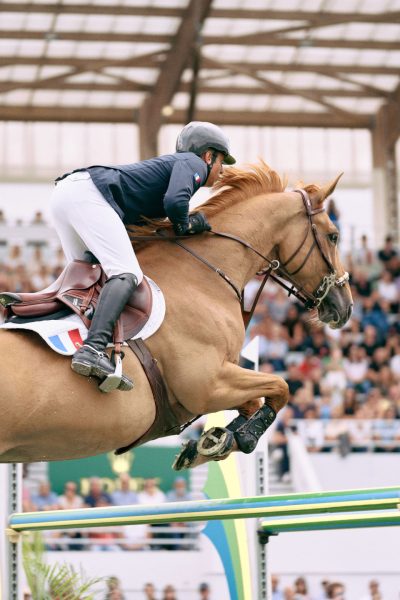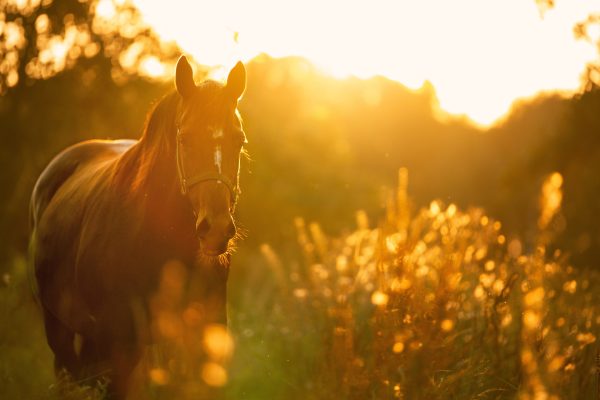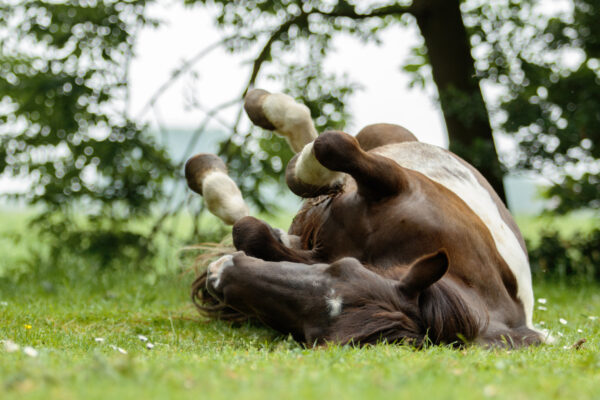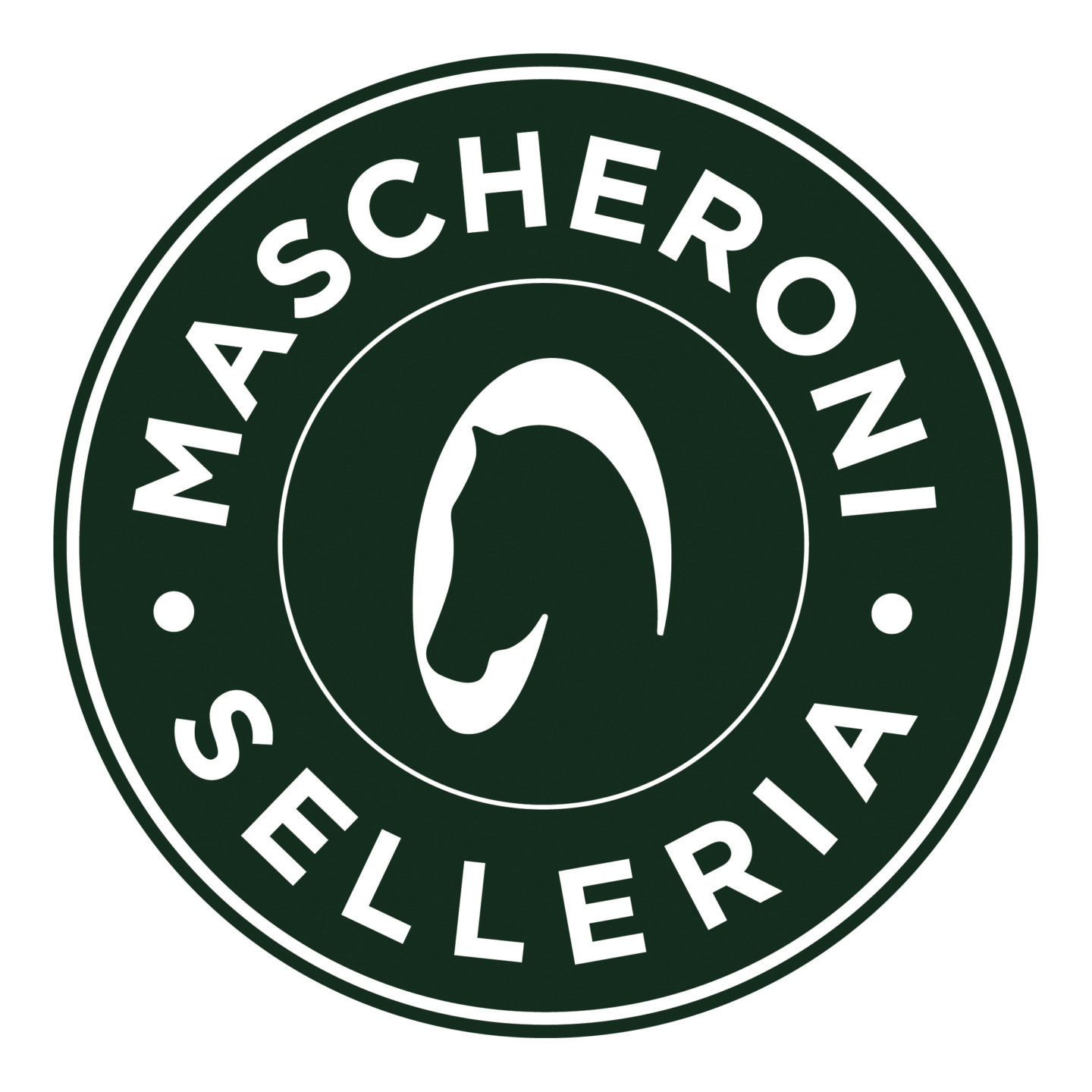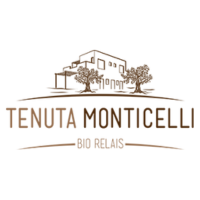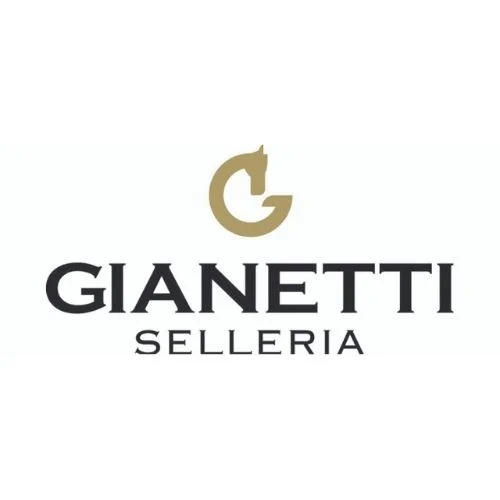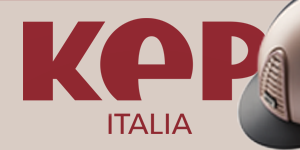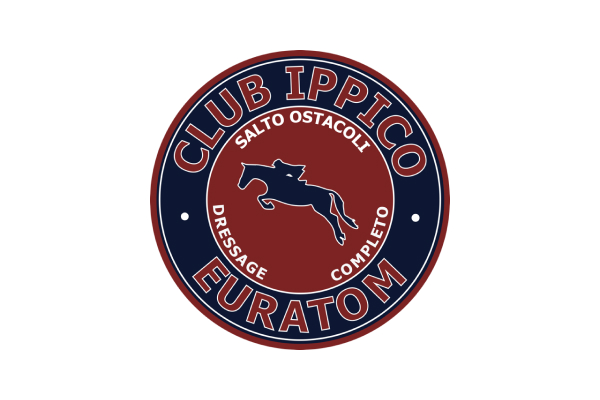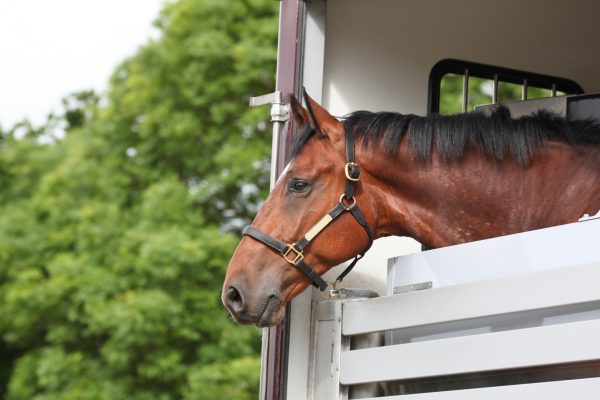
Hoof care for horses: proper use of grease and tar
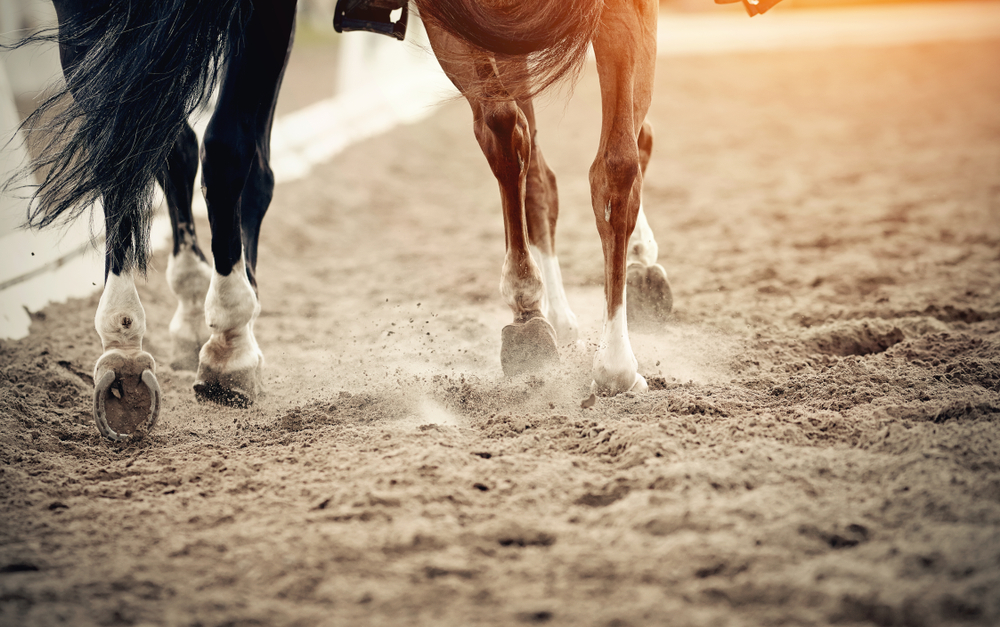
Anatomy insights of the hoof
The horse’s foot, an intricate system composed of the first, second, and third phalanges along with the navicular bone, plays a crucial role in the health and functionality of this magnificent animal. Let’s delve into its structure and care routine, drawing valuable insights from Dr. Vittorio Meschia’s manual “La zoppia del cavallo, conoscere per capire,” published by Horse srl editor.
The horse’s hoof
The hoof, also known as the hoof capsule, is a combination of wall and sole. The slightly conical shape of the hoof consists of a wall that covers it entirely and a base called the sole, which has an oval shape. The overall robustness of the structure is provided by the hoof, a tough and elastic tissue that can vary in color, with darker hooves exhibiting greater resilience.
The wall, a fundamental element of the hoof, is divided into the toe, quarters, and heels. Its integrity is essential for the horse’s well-being, requiring smoothness and freedom from hair and rings. The upper area is bounded by the periople ring, also known as the coronary band, while the distal part is defined by the plantar edge, the point of intersection between the wall and the sole.
Hair and rings: analyzing the hoof wall
Hair, represented by a vertical break in the wall of the hoof, constitutes a problem associated mainly with the fragility of a non-compact and poorly elastic hoof, as in the case of chipped, cracked, or dry hooves. Pressure, especially on the quarters (the hair of the quarter known as “false quarter”), can be the triggering factor, especially when there are imbalances affecting the foot.
Hairline fractures can affect only the outer layer of the hoof or involve the living part of the sensitive laminae, leading to the rupture of the periople ring and causing the growth of a split hoof. If left unaddressed, these fractures can worsen due to infectious processes. To counteract this issue, the application of grease and ointments on the hoof, topical dressings, and surgical interventions can be adopted to remove detachments and infected parts, promoting healing without recurrence.
Rings, on the other hand, result from altered hoof growth caused by intermittent inflammatory processes of algic or endogenous origin involving the foot. The wall appears irregular, thickened, and hardened, with alterations in diastole and systole. Identifying the causes is crucial to adopting corrective measures that can alleviate pressure on the affected areas.
Wall orientation and hoof care
The orientation of the wall, from the tip to the coronary band, should maintain an angle of about 40°, with a degradation towards the heel. The inclination of the heel compared to the toe should be slightly lower, approximately six-tenths. The tip of the wall should be centrally positioned relative to the plantar arch, while quarters, heels, and heels should follow the inclination of the wall and the width of the plantar edge.
Hoof Care
Application of grease on the hoof
Caring for the horse’s foot requires a careful understanding of environmental conditions. During periods of high humidity, due to weather conditions or frequent showers, the wall must be greased to maintain compactness and elasticity, making the hoof waterproof.
Conversely, during dry periods, the recommended practice is to wet the hoof first and then grease it. This ensures that, with heat, there is no moisture loss, preserving the health and functionality of the hoof.
It is good practice to grease the horse’s hoof every day after work: it can be part of the daily routine of cleaning the horse’s hoof.
The essential role of tar and hoof packing
If the horse is shod and the hooves are healthy, with a sturdy frog and no obvious problems, the application of tar can be effectively done once a week. This practice is sufficient to maintain the permeability and resilience of the hoof, especially in periods that are not particularly humid.
However, in situations where the hoof requires more careful attention, such as during periods of high humidity or if the frog of the horse shows signs of fragility, the use of tar may be increased to two or three times a week. This increased frequency will help preserve the integrity of the horse’s hoof, providing an additional barrier against moisture and preventing potential issues.
In addition to tar, it is essential to consider the use of hoof packing in the hoof care routine, especially in situations where the frog is too moist and particularly fragile. This disinfectant plays a crucial role in maintaining hygiene and preventing infections.
Furthermore, with a horse that is unshod, it may be advisable to apply tar to the frog and sole every day, especially during periods of high humidity, otherwise once every two days. This daily practice will help preserve hoof health and prevent any complications.
The in-depth knowledge of the horse’s hoof, inspired by the insights provided by Dr. Vittorio Meschia in his book “La Zoppia del Cavallo: conoscere per capire,” reveals the anatomical complexity of this essential part of the horse’s body. The care routine, with the application of grease and tar, emerges as a delicate and targeted act, fundamental to ensuring the well-being of these animals.
To purchase the book “La zoppia del cavallo: conoscere per capire” by Dr. Vittorio Meschia, contact the email press@horseshowjumping.tv.
© Rights Reserved.




.png)



